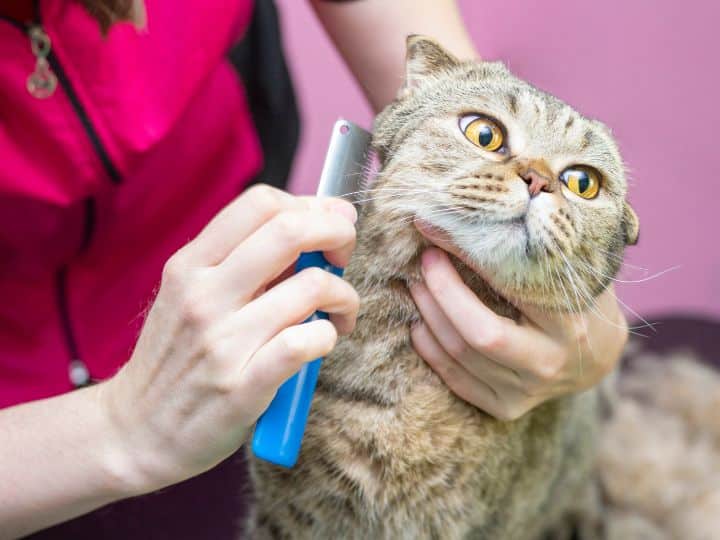
Cats are known for their self-grooming habits, but as a pet owner, it’s essential to understand that regular grooming is still necessary to maintain your cat’s overall health and well-being. Proper grooming not only keeps your cat’s coat shiny and healthy but also helps prevent various health issues. In this article, we’ll guide you through the essential steps to groom your cat effectively.
1. Brushing:
Regular brushing is crucial to prevent matting, remove loose fur, and distribute natural oils throughout your cat’s coat. The frequency of brushing depends on your cat’s coat type – long-haired cats require daily brushing, while short-haired cats can be brushed weekly. Use a brush suitable for your cat’s coat, such as a slicker brush or a bristle brush, and be gentle to avoid irritating their skin.
2. Bathing:
Unlike dogs, cats typically don’t need frequent baths. However, if your cat gets excessively dirty or has skin issues, bathing may be necessary. Use a cat-specific shampoo and lukewarm water. Be sure to rinse thoroughly to remove all soap residue, and dry your cat with a towel or blow dryer on a low, cool setting.
3. Nail Trimming:
Overgrown nails can cause discomfort and even lead to health problems for your cat. Check your cat’s nails every two to three weeks and trim them as needed using cat-specific nail clippers. Be careful not to cut too close to the quick (the pink part of the nail) to avoid causing pain or bleeding.
4. Ear Cleaning:
Check your cat’s ears weekly for any signs of dirt, wax buildup, or infection. If the ears appear dirty, gently clean them using a cotton ball dampened with a vet-approved ear cleaner. Avoid using Q-tips, as they can damage the delicate inner ear structures.
5. Dental Care:
Maintaining your cat’s oral hygiene is vital for preventing dental issues like tooth decay and gum disease. Brush your cat’s teeth regularly using a cat-specific toothbrush and toothpaste. Dental treats and chews can also help promote oral health.
6. Eye Care:
Check your cat’s eyes daily for any signs of discharge, redness, or cloudiness. If you notice any abnormalities, gently wipe the eyes with a damp, soft cloth and consult your veterinarian if symptoms persist.
7. Grooming Sessions:
Make grooming a positive experience for your cat by keeping sessions short and rewarding them with treats and praise. Start grooming your cat from a young age to help them become accustomed to the process.
Remember, every cat is unique, and some may have specific grooming needs based on their breed, age, or health conditions. If you’re unsure about any aspect of grooming or notice any unusual changes in your cat’s coat, skin, or behavior, consult your veterinarian for guidance.
By following these grooming tips and making grooming a regular part of your cat’s care routine, you’ll help keep your feline friend healthy, comfortable, and looking their best.



